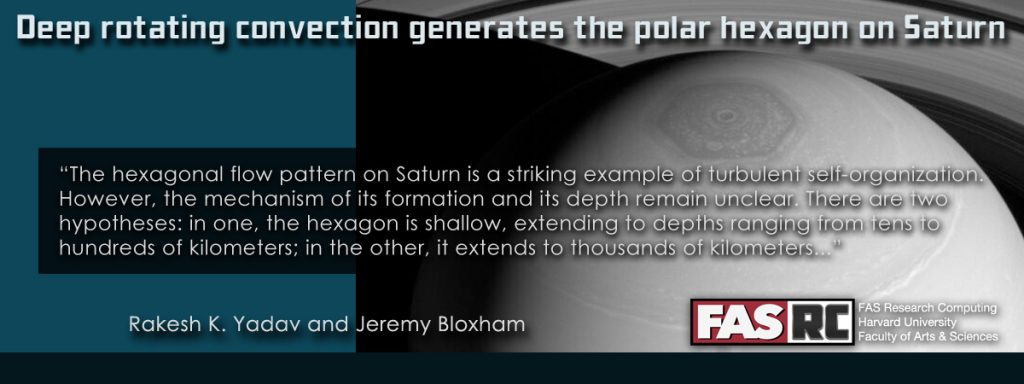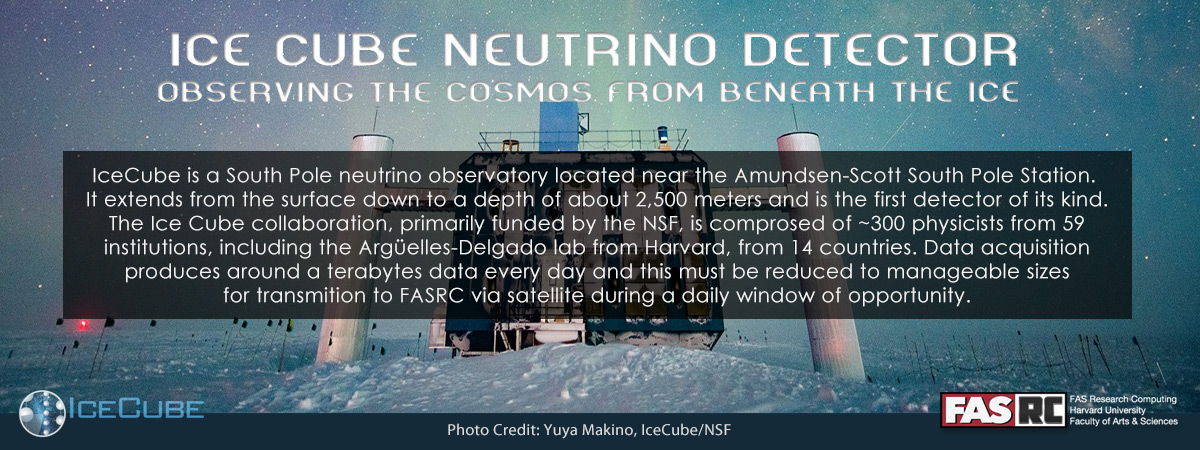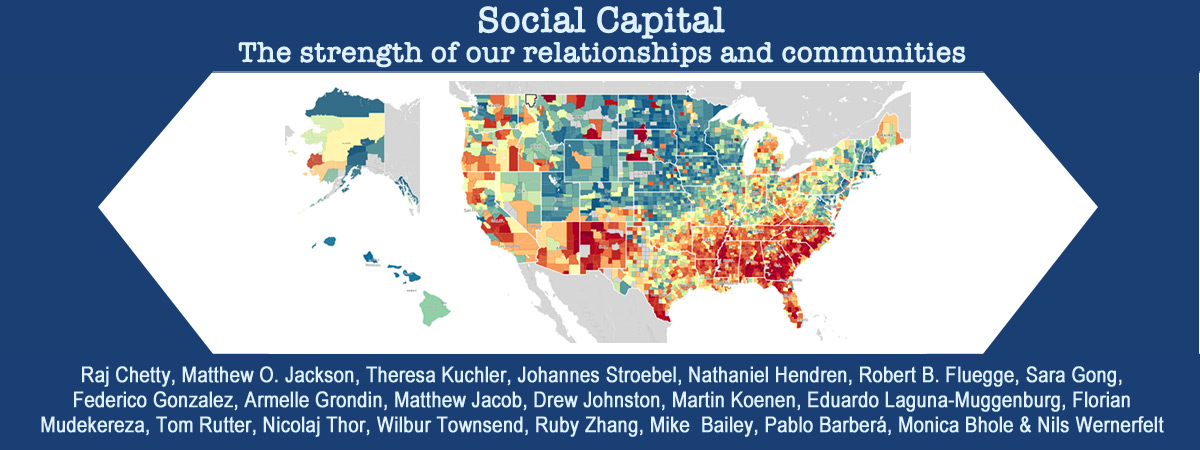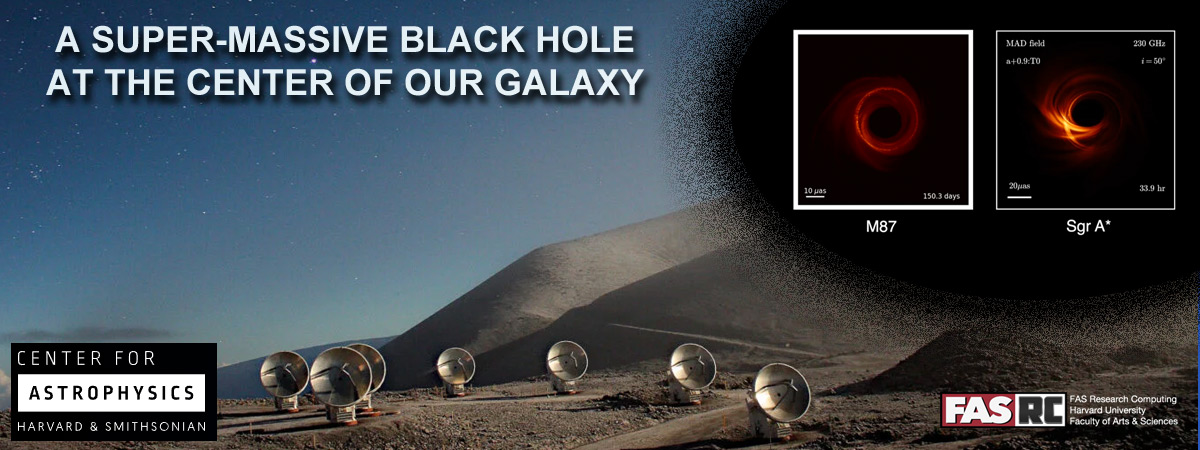
"The hexagonal flow pattern on Saturn is a striking example of turbulent self-organization. However, the mechanism of its formation and its depth remain unclear. There are two hypotheses: in one, the hexagon is shallow, extending to depths ranging from tens to hundreds of kilometers; in the other, it extends to thousands of kilometers. Here, we argue that the hexagon is likely very deep. Our model simultaneously and self-consistently produces alternating zonal jets, the polar cyclone, and hexagon-like polygonal structures similar to those observed on Saturn. These results show that compressible convection in rotating spherical shells is sufficient to produce Saturn-like polygonal zonal jets."







